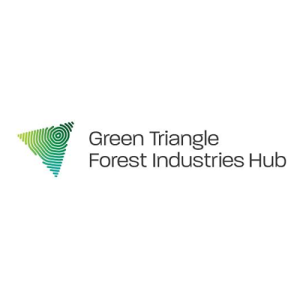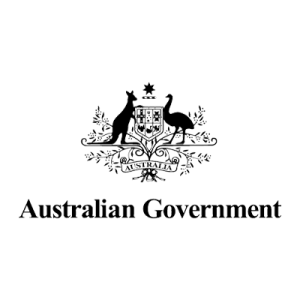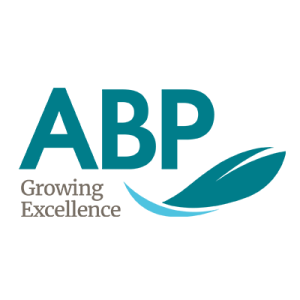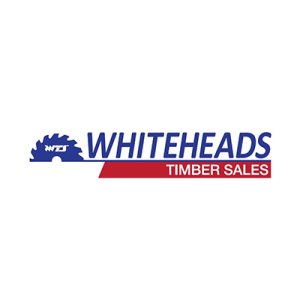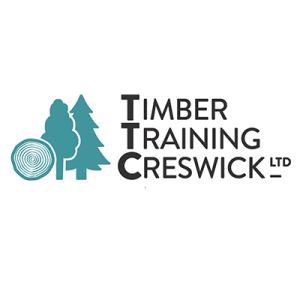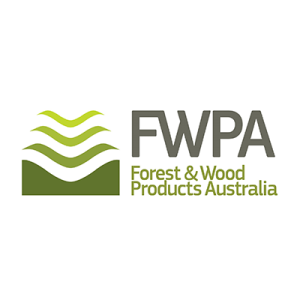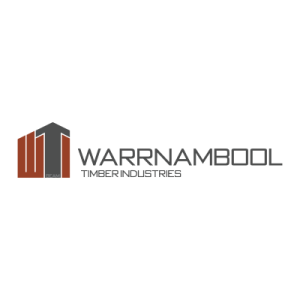The research
The multi-phase research and develop program stretched from 2022 to 2025, exploring how to best utilise the resource, identifying where to meet market demand and realise export opportunities and understand the capability of the fibre.
The cross-industry collaboration, led by a team of forestry researchers and supported by leading industry analysts took more than 180 plantation logs (120 bluegum and 60 radiata pine) and transformed them into promising EWP prototypes – Laminated Veneer Lumbar (LVL) and Glue Laminated Timber (GLT) for use in real world applications.
The product was processed at the QDAF Salisbury Research Facility with two thirds rotary peeled into veneers for LVL trials with veneer sheets graded and analysed for suitability in structural applications.
